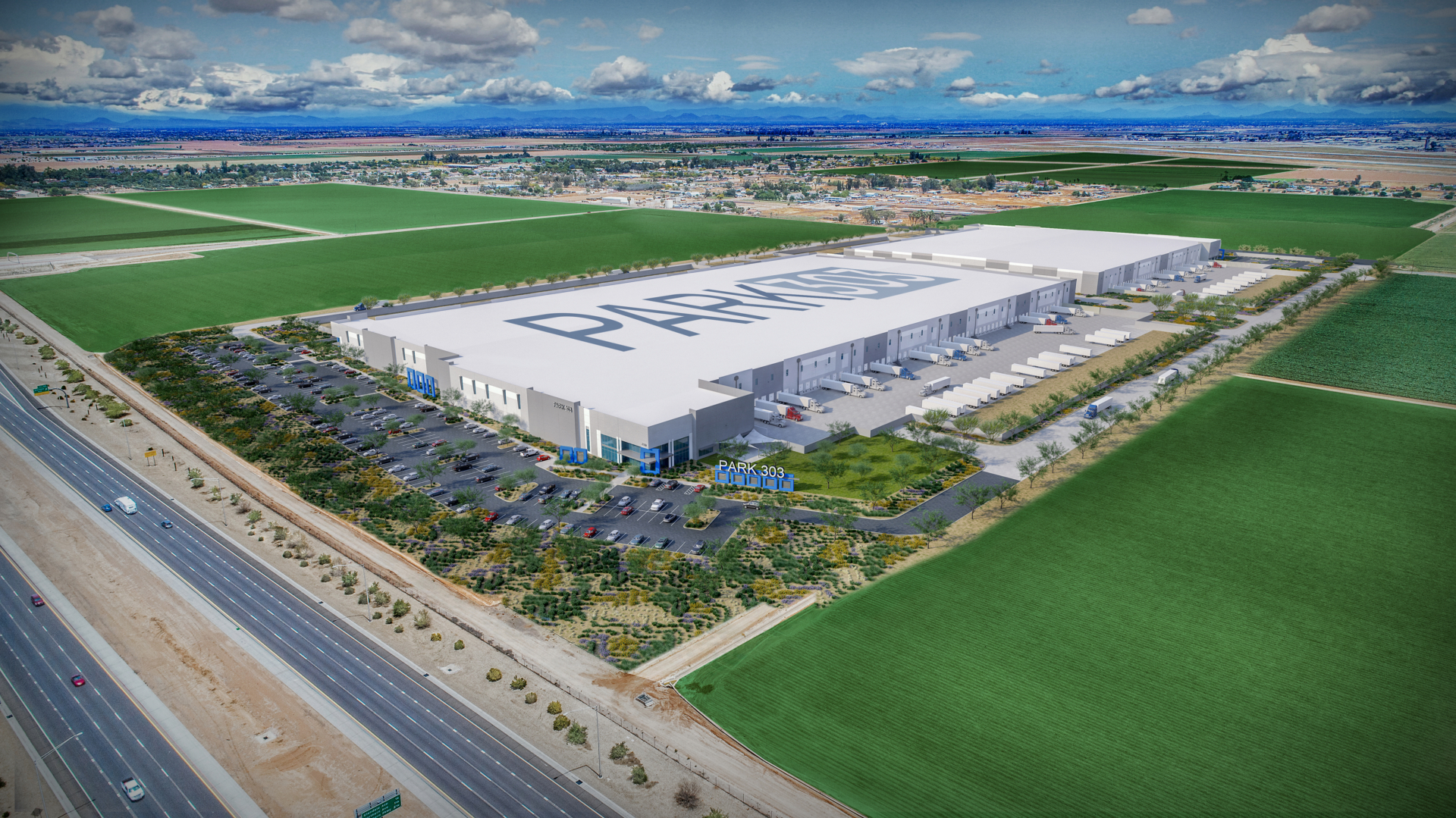The national average for in-place industrial rents across the top 30 U.S. markets reached $6.45 per square foot in February, increasing 4.4% year-over-year. At the same time, the average price of leases signed over the same interval was $7.35 per square foot as of February, 90 cents higher than the national average for in-place leases.
Southern California markets led rent expansion across the U.S., largely due to intense activity in the Ports of Los Angeles and Long Beach. Orange County recorded the most significant 12-month change with a 7% hike, reaching $11.65 per square foot. Los Angeles (6.7%) and the Inland Empire (6.5%) rounded out the top three.
READ ALSO: How today’s industrial buildings are as high-tech as the companies they house
On the other end of the spectrum, markets that have higher availability of developable land recorded weaker rent growth in the last 12 months. Newly delivered stock in these markets is helping developers meet demand, while also elevating vacancy levels. Across the top 30 U.S. markets, rent growth was slowest in Charlotte (1.1%), Houston (1.7%) and Indianapolis (2.3.%).
Supply Pipeline Nears 600MSF, Year-to-date Deliveries Already Exceed 44MSF
Nationwide, 592.5 million square feet of industrial space was under construction by the end of February, accounting for 3.5% of existing stock. The pipeline has expanded by more than 90 million square feet in the last six months. Additionally, some 626 million square feet were in the planning stages.
Developers added nearly 45 million square feet to inventory in the first two months of 2022, pointing toward another banner year for the industrial sector.
Dallas – Fort Worth continued to lead construction with more than 38 million square feet of industrial space underway, accounting for 4.6% of existing stock. Phoenix’s supply pipeline totaled more than 36 million square feet, which represents 12.9% of total inventory and the largest share among the top 30 industrial markets. Chicago rounded out the top three with nearly 26 million square feet (2.6% of total stock) in the development pipeline.
Inland Empire Vacancy Shrinks to a National Low of 0.6%, Columbus Leads Midwest
As of February, the national vacancy rate averaged 5.2%, marking a 30-basis point (bps) drop compared to January. The Southern California region led the way in terms of vacancy as well: The Inland Empire ranked first with a 0.6% vacancy rate, the lowest across the top 30 U.S. markets.
Outside of California, Columbus led Midwestern logistics hubs with an average vacancy rate of 1.2%. Only two metros of the top 30 markets posted vacancy rates above the two-digit threshold — Cincinnati and Houston had an average vacancy rate of 10.2% and 10.1%, respectively.
National Sales Volume Surpasses $9 Billion in Early Stages of the Year
The average sale price for industrial space was $125 per square foot as of February, as ongoing investor demand continues to drive transaction activity, despite prices rising consistently. The average sale price has been on a steady upward trend for six consecutive quarters, increasing 50% from the third quarter of 2020 until the first quarter of 2022.
As of February, Seattle industrial space commanded the highest sale price, with properties changing hands at $357 per square foot. Consistent with January trends, the Bay Area ranked second once again, with $311 per square foot. Los Angeles came in third with an average sale price of $258 per square foot.
Nationally, transactions amounted to nearly $9.1 billion in the first two months of the year. This strong start is a clear indication that investor interest in industrial properties is anything but abating, given that the first quarter of a year is typically the slowest for commercial real estate transactions.
Five markets exceeded the $500 million mark by the close of February in terms of transaction volume. In the early stages of 2022, Philadelphia led the way with $725 million in sales volume, largely owing to the sale of a 3.8 million-square-foot property fully leased by Amazon. Chicago industrial space ranked second with $689 million in transactions, followed by New Jersey, where the industrial sales volume totaled $603 million.




